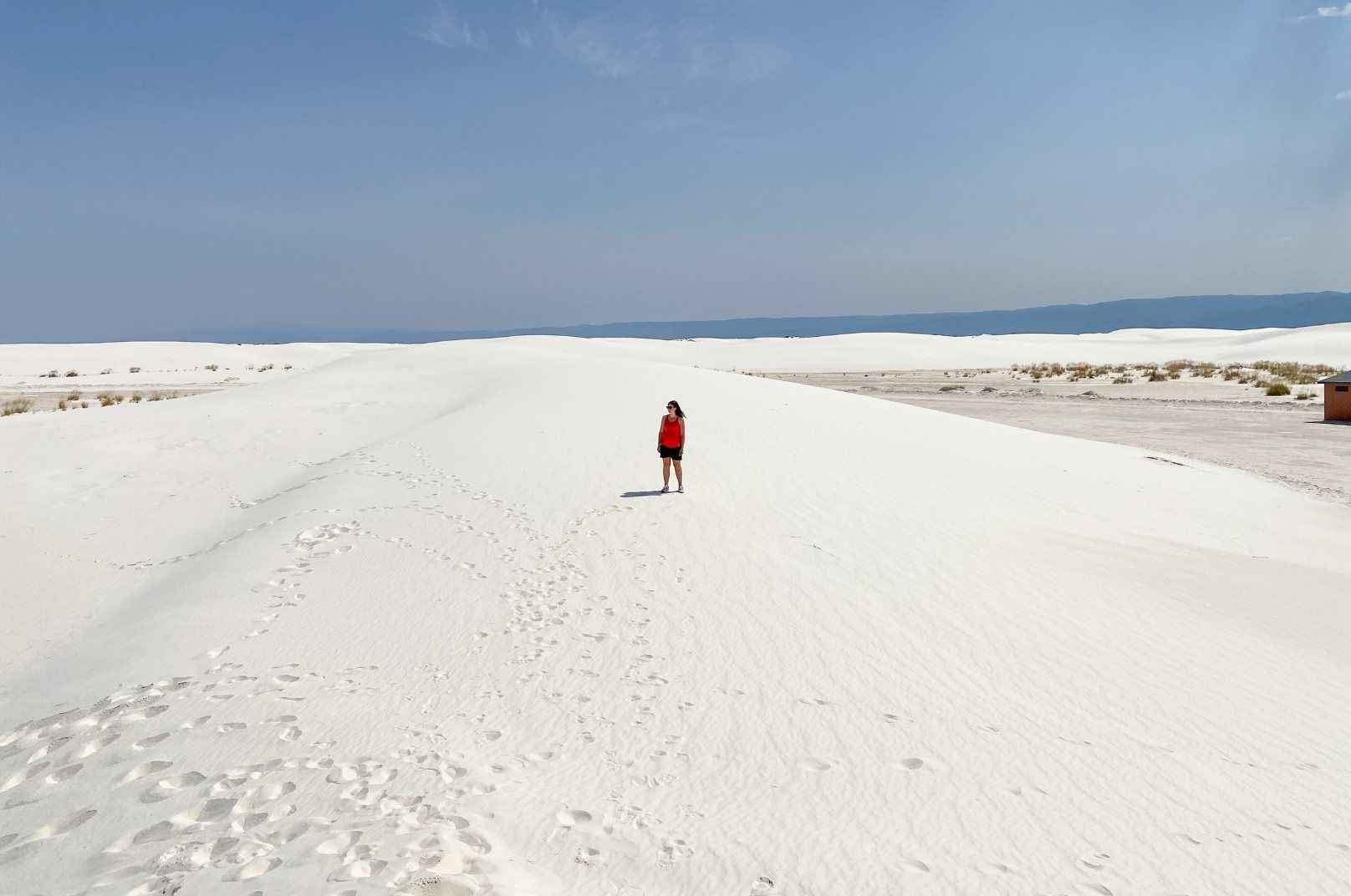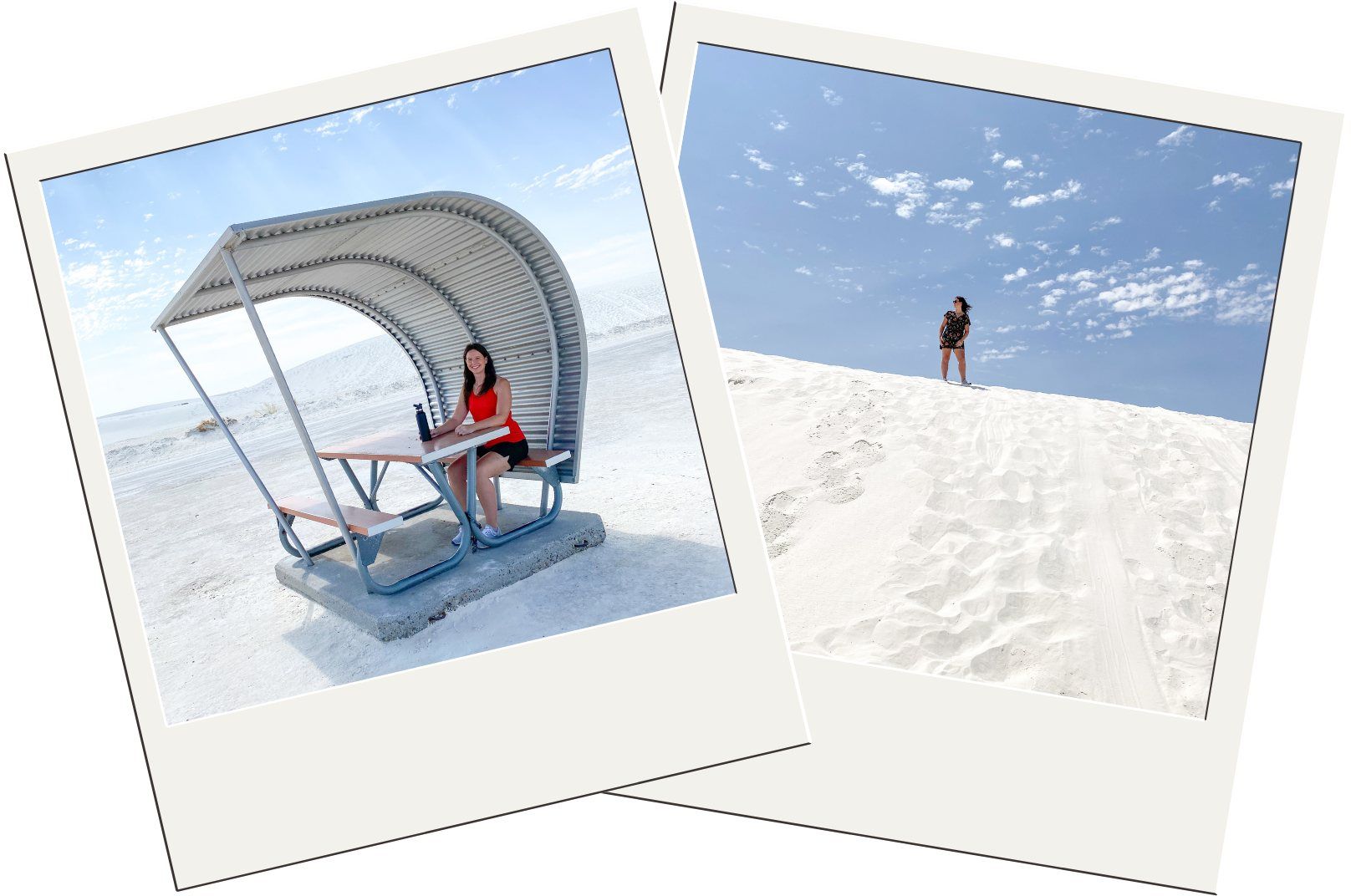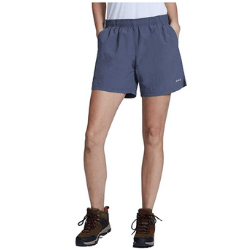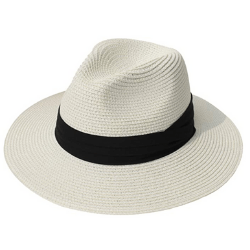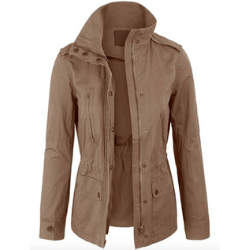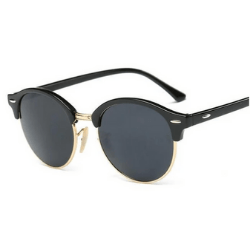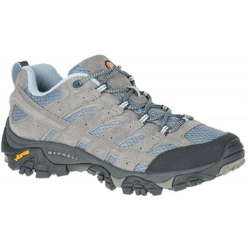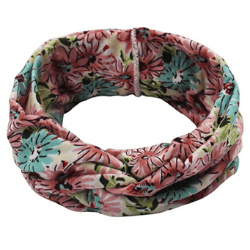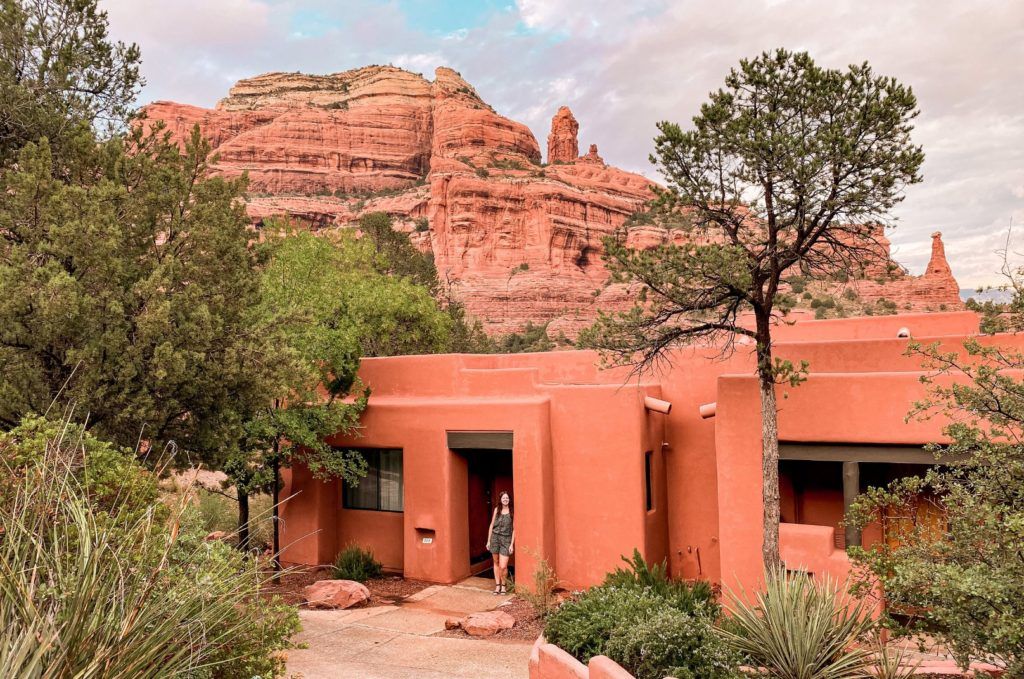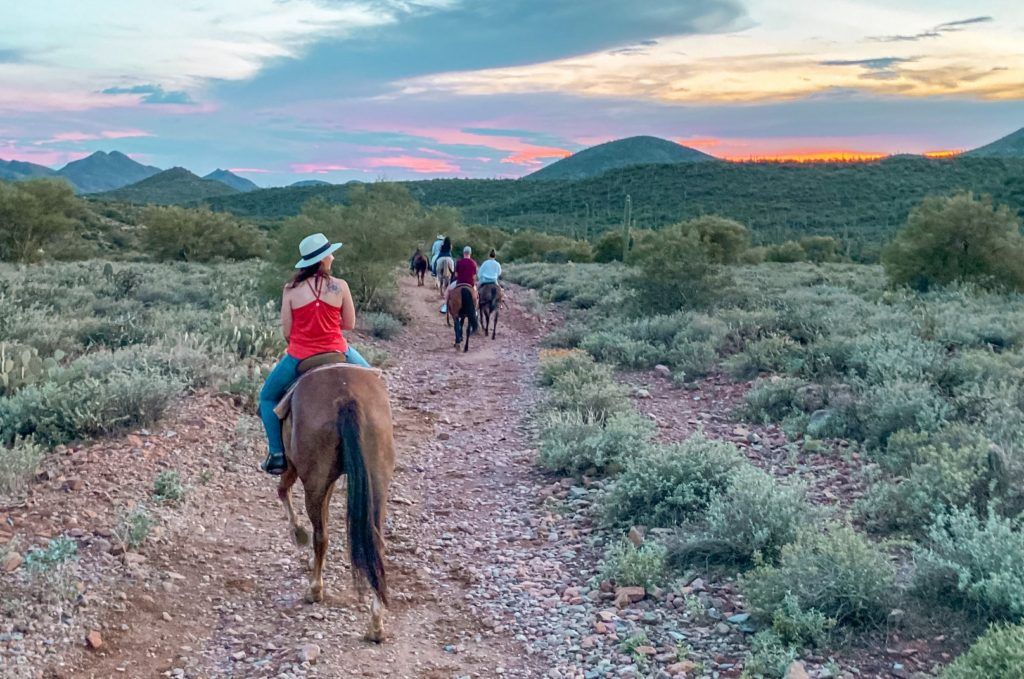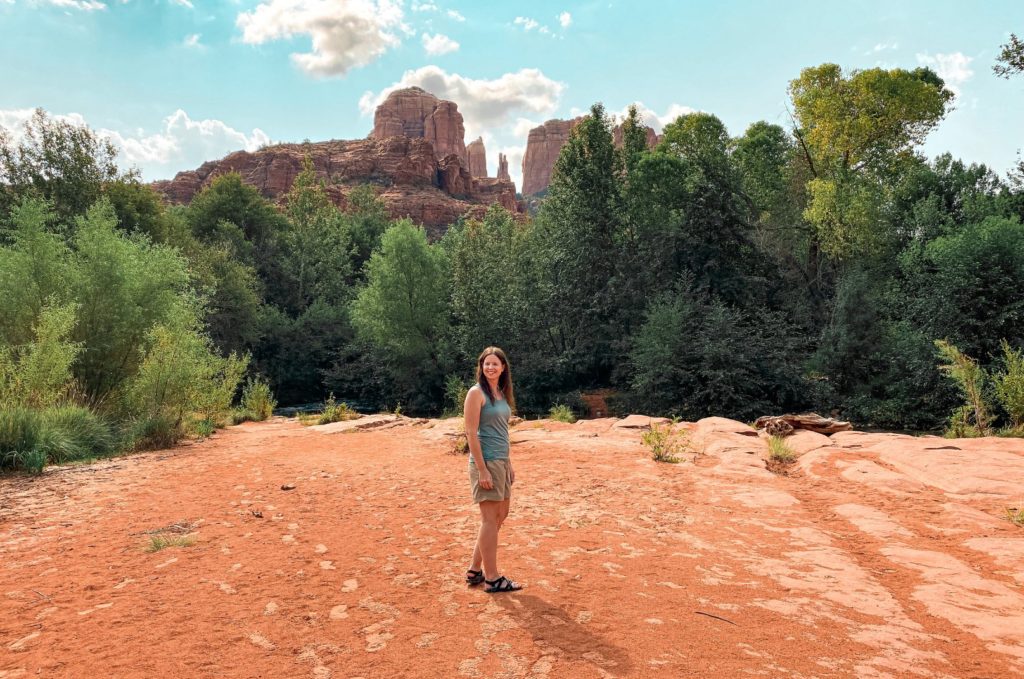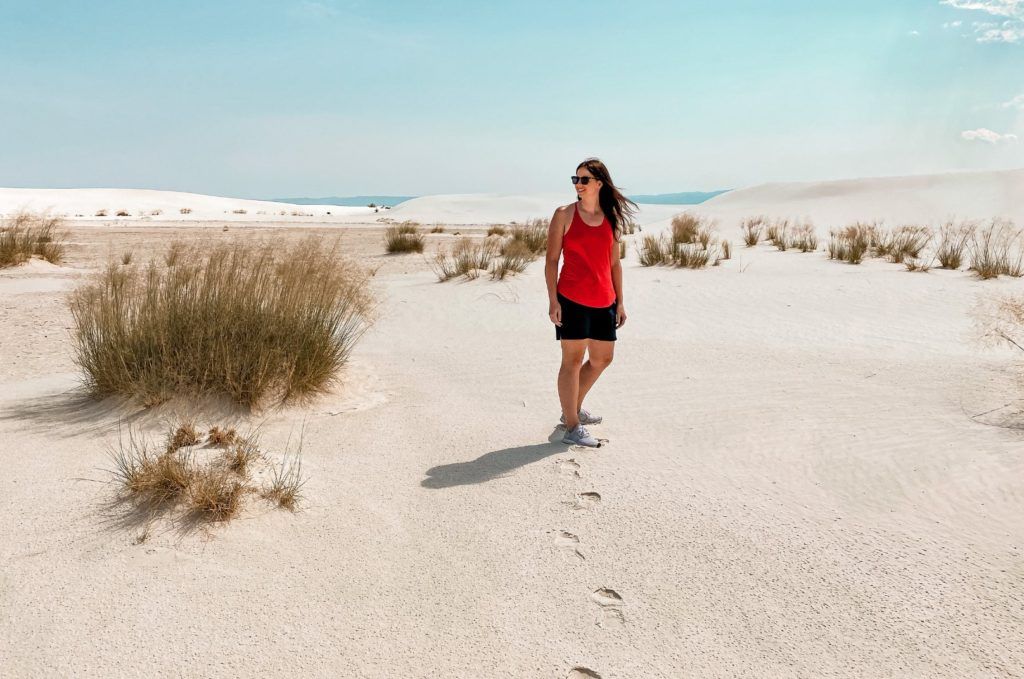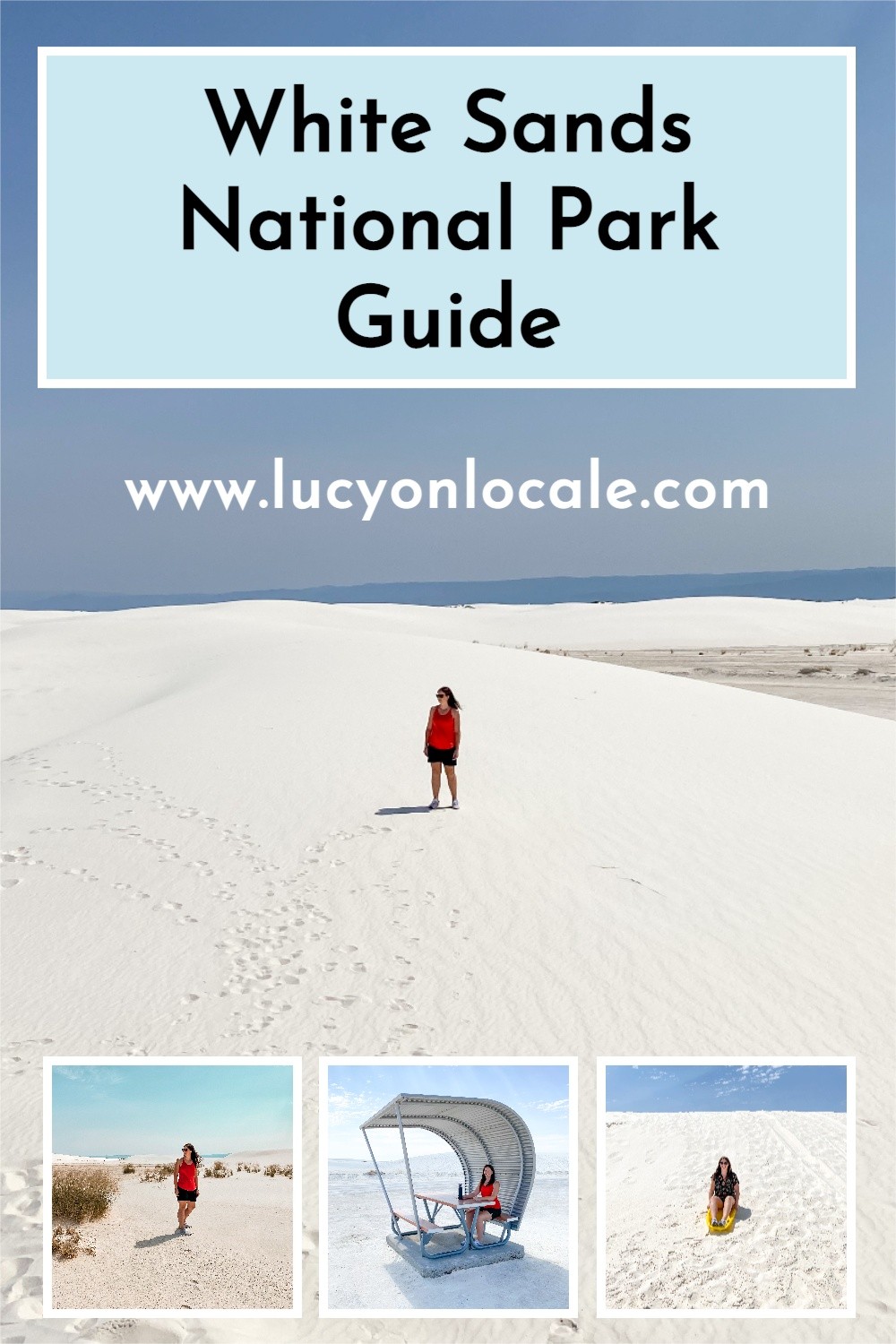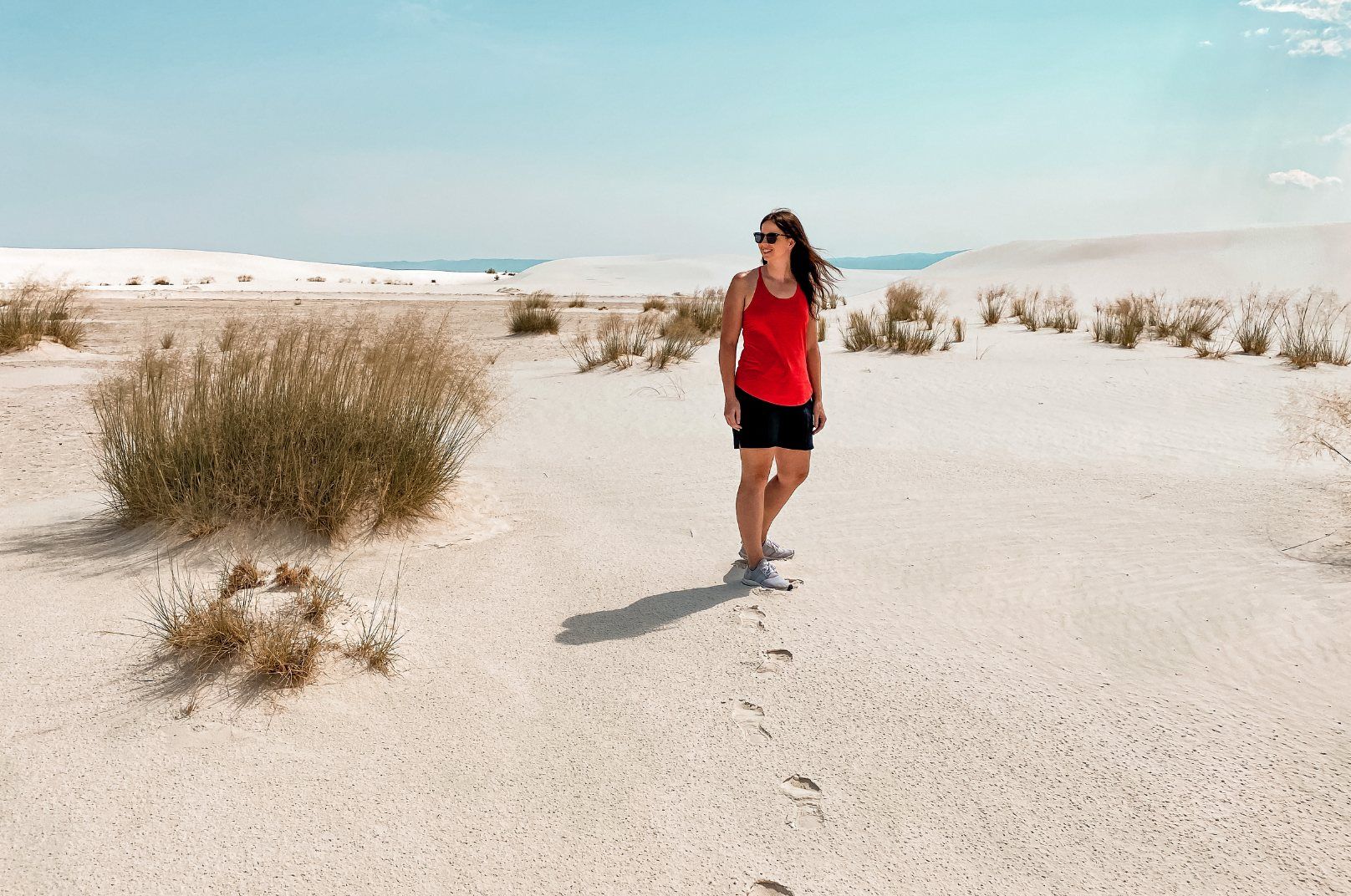
White Sands National Park could easily be mistaken for an alien planet. The landscape is truly otherworldly beautiful! This is a must-visit destination, so here’s what to do in White Sands National Park
Off-The-Beaten-Path National Parks To Visit
Fun Facts: White Sands National Park is home to the largest gypsum dune field in the world. The landscapes you’ll see here were formed when an ancient sea dried up millions of years ago.
Here’s what to do in White Sands National Park!


When To Go
September – November is the best time to visit this park. Daytime temperatures average between 80 and 65 degrees, and evenings are cool around 40 degrees. The days are usually sunny and dry with light winds.
From December – February, daytime temperatures will hover around 60 degrees, and the evenings are cold, averaging around 23 degrees. Winter storms with rain or light snow are possible. If you want to have the park practically to yourself, then this is the time to come. Just make sure you bring layers.
March to May has daytime temperatures averaging around 75 degrees, and it’s in the 40s in the evenings. You should have sunny days during these months, but windstorms are common. So check the weather before you arrive, and ask the park rangers what you should do if a windstorm blows through. This is also the busiest season for the park.
Summer is the hottest and wettest time of the year. Late afternoon and evening thunderstorms are common, and daytime temperatures can get into the 100s. The mornings and evenings are much cooler in the 50s and 60s, so do your hiking as early in the morning as possible.

What To Do
You can easily visit White Sands National Park in a day. There’s one road in and out of the park (the Dunes Drive) that has all of the best hikes, sledding dunes, and viewpoints. So take your time on this scenic drive.
You’ll want to hike at least one of the park’s five trails. The Interdune Boardwalk is fully accessible and is not marked because you stay on the boardwalk the entire time. The other four trails are marked with a colored post (green, blue, orange, or red) and a symbol (heart, club, spade, or diamond). Make sure you use these color and symbol markers to stay on the designated trails. It’s easy to lose the trail if you’re not paying attention.
Sledding is one of the most popular activities to do here. I tried sledding on my own plastic sled and a sled from the park’s gift shop on several dunes throughout the park. But I was never able to slide more than a few feet. The only people I saw successfully sledding were small children. It’s easier to sled in the winter when the sand is harder. I had a lot of fun trying to sled, and you probably will too, but you should manage your expectations.
The park has several incredible ranger-led tours if the timing works out for you. I highly recommend the Sunset Stroll, Full Moon Hike, and Lake Lucero Tour.

Know Before You Go
Bring more water than you think you’ll need because you’ll end up needing it. As a general rule, when your water is half-gone, head back to your car. Fill up your water containers at the visitor center because there is no water available in the dunefield.
It’s easy to get disoriented in the dunefield. Wind moves sand and erases your tracks, GPS can be unreliable, and everything is further than it looks. You should only hike on designated trails, and if you go off-trail to sled, you should never lose sight of your car or trail markers.
The sun reflecting off the white sand is intense year-round. So wear a hat, sunscreen, and sunglasses, even in the winter. Wear loose, light-colored clothing during warmer months and warm clothes during cooler seasons. Remember that temperatures can drop drastically after sunset.
Bicycling is allowed on the asphalt and packed gypsum. Off-road bicycling into the dunes or inter-dunal areas is not allowed. Helmets are required for all minors.
Alcohol is not allowed in the park from February 1st – May 31st
Pets must be kept on a leash at all times.
Metal detectors are not allowed in the park.
You can bring your own sun shelter or sun umbrella.
Don’t dig into the sand, and don’t let your dogs dig in the sand because it’s heavy and can easily collapse on your furry friends.
Sled on dunes that don’t lead into a road or interdunal area.
The park’s gift shop has limited food and snack options, so you’ll want to pack out any meals you’re going to have in the park.
Read More

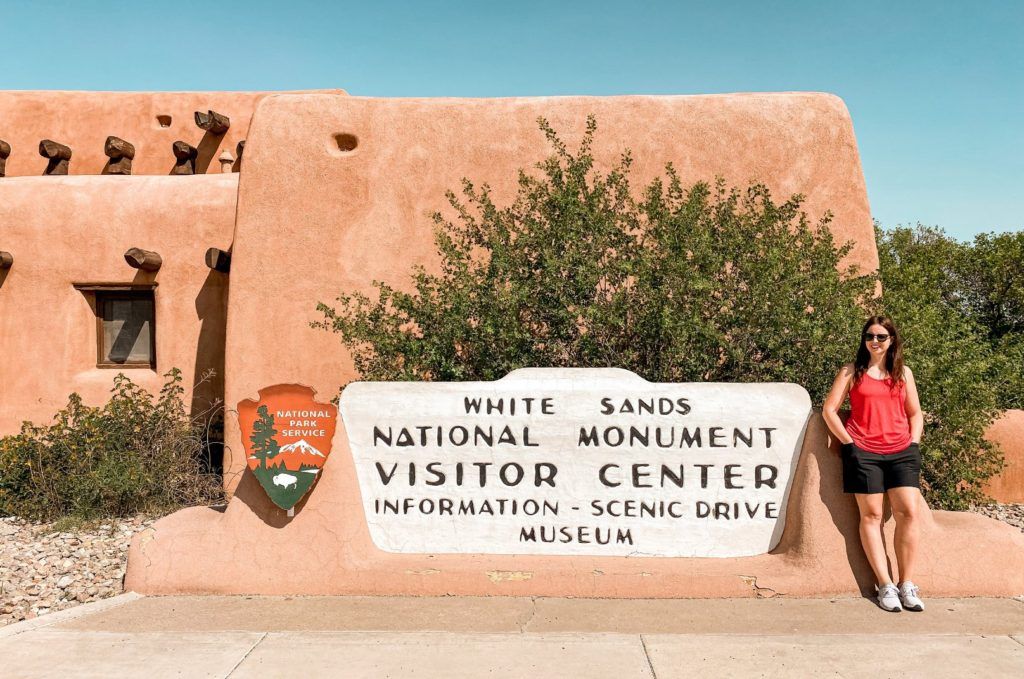
Where To Stay
The closest town to White Sands National Park is Alamogordo, about 14 miles away, and Las Cruces is 50 miles away. If you want to camp or bring an RV, I recommend Oliver Lee State Park or the Aguirre Springs Recreation Area.
Backcountry camping is sometimes allowed inside the park, so you’ll need to check the park’s website to see if on-site camping is available. A permit from the visitor center is required for backcountry camping.

Shop My National Park Essentials

Is there anything you’d add to this guide about what to do in White Sands National Park? If so, let us know in the comments!

Plan The Rest Of Your Trip

Frequently Asked Questions
What can you not miss at White Sands National Park?
You can easily visit White Sands National Park in a day. There’s one road in and out of the park (the Dunes Drive) that has all of the best hikes, sledding dunes, and viewpoints. So take your time on this scenic drive.
You’ll want to hike at least one of the park’s five trails. The Interdune Boardwalk is fully accessible and is not marked because you stay on the boardwalk the entire time. The other four trails are marked with a colored post (green, blue, orange, or red) and a symbol (heart, club, spade, or diamond). Make sure you use these color and symbol markers to stay on the designated trails. It’s easy to lose the trail if you’re not paying attention.
Sledding is one of the most popular activities to do here. I tried sledding on my own plastic sled and a sled from the park’s gift shop on several dunes throughout the park. But I was never able to slide more than a few feet. The only people I saw successfully sledding were small children. It’s easier to sled in the winter when the sand is harder. I had a lot of fun trying to sled, and you probably will too, but you should manage your expectations.
The park has several incredible ranger-led tours if the timing works out for you. I highly recommend the Sunset Stroll, Full Moon Hike, and Lake Lucero Tour.
Is White Sands National Park worth visiting?
Yes! White Sands National Park could easily be mistaken for an alien planet. The landscape is truly otherworldly beautiful! This is one of the newest national parks in The United States – it’s so new that many of its signs still say “White Sands National Monument.”
You can easily visit White Sands National Park in a day. There’s one road in and out of the park (the Dunes Drive) that has all of the best hikes, sledding dunes, and viewpoints. So take your time on this scenic drive.
You’ll want to hike at least one of the park’s five trails. The Interdune Boardwalk is fully accessible and is not marked because you stay on the boardwalk the entire time. The other four trails are marked with a colored post (green, blue, orange, or red) and a symbol (heart, club, spade, or diamond). Make sure you use these color and symbol markers to stay on the designated trails. It’s easy to lose the trail if you’re not paying attention.
Sledding is one of the most popular activities to do here. I tried sledding on my own plastic sled and a sled from the park’s gift shop on several dunes throughout the park. But I was never able to slide more than a few feet. The only people I saw successfully sledding were small children. It’s easier to sled in the winter when the sand is harder. I had a lot of fun trying to sled, and you probably will too, but you should manage your expectations.
The park has several incredible ranger-led tours if the timing works out for you. I highly recommend the Sunset Stroll, Full Moon Hike, and Lake Lucero Tour.
How long should I spend in White Sands?
You can easily visit White Sands National Park in a day. There’s one road in and out of the park (the Dunes Drive) that has all of the best hikes, sledding dunes, and viewpoints. So take your time on this scenic drive.
You’ll want to hike at least one of the park’s five trails. The Interdune Boardwalk is fully accessible and is not marked because you stay on the boardwalk the entire time. The other four trails are marked with a colored post (green, blue, orange, or red) and a symbol (heart, club, spade, or diamond). Make sure you use these color and symbol markers to stay on the designated trails. It’s easy to lose the trail if you’re not paying attention.
Sledding is one of the most popular activities to do here. I tried sledding on my own plastic sled and a sled from the park’s gift shop on several dunes throughout the park. But I was never able to slide more than a few feet. The only people I saw successfully sledding were small children. It’s easier to sled in the winter when the sand is harder. I had a lot of fun trying to sled, and you probably will too, but you should manage your expectations.
The park has several incredible ranger-led tours if the timing works out for you. I highly recommend the Sunset Stroll, Full Moon Hike, and Lake Lucero Tour.
What do I need to know before going to White Sands National Park?
Bring more water than you think you’ll need because you’ll end up needing it. As a general rule, when your water is half-gone, head back to your car. Fill up your water containers at the visitor center because there is no water available in the dunefield.
It’s easy to get disoriented in the dunefield. Wind moves sand and erases your tracks, GPS can be unreliable, and everything is further than it looks. You should only hike on designated trails, and if you go off-trail to sled, you should never lose sight of your car or trail markers.
The sun reflecting off the white sand is intense year-round. So wear a hat, sunscreen, and sunglasses, even in the winter. Wear loose, light-colored clothing during warmer months and warm clothes during cooler seasons. Remember that temperatures can drop drastically after sunset.
Bicycling is allowed on the asphalt and packed gypsum. Off-road bicycling into the dunes or inter-dunal areas is not allowed. Helmets are required for all minors.
Alcohol is not allowed in the park from February 1st – May 31st
Pets must be kept on a leash at all times.
Metal detectors are not allowed in the park.
You can bring your own sun shelter or sun umbrella.
Don’t dig into the sand, and don’t let your dogs dig in the sand because it’s heavy and can easily collapse on your furry friends.
Sled on dunes that don’t lead into a road or interdunal area.
The park’s gift shop has limited food and snack options, so you’ll want to pack out any meals you’re going to have in the park.
How long does it take to go through White Sands National Park?
You can easily visit White Sands National Park in a day. There’s one road in and out of the park (the Dunes Drive) that has all of the best hikes, sledding dunes, and viewpoints. So take your time on this scenic drive.
You’ll want to hike at least one of the park’s five trails. The Interdune Boardwalk is fully accessible and is not marked because you stay on the boardwalk the entire time. The other four trails are marked with a colored post (green, blue, orange, or red) and a symbol (heart, club, spade, or diamond). Make sure you use these color and symbol markers to stay on the designated trails. It’s easy to lose the trail if you’re not paying attention.
Sledding is one of the most popular activities to do here. I tried sledding on my own plastic sled and a sled from the park’s gift shop on several dunes throughout the park. But I was never able to slide more than a few feet. The only people I saw successfully sledding were small children. It’s easier to sled in the winter when the sand is harder. I had a lot of fun trying to sled, and you probably will too, but you should manage your expectations.
The park has several incredible ranger-led tours if the timing works out for you. I highly recommend the Sunset Stroll, Full Moon Hike, and Lake Lucero Tour.
What is the best time of year to visit White Sands National Park?
September – November is the best time to visit this park. Daytime temperatures average between 80 and 65 degrees, and evenings are cool around 40 degrees. The days are usually sunny and dry with light winds.
From December – February, daytime temperatures will hover around 60 degrees, and the evenings are cold, averaging around 23 degrees. Winter storms with rain or light snow are possible. If you want to have the park practically to yourself, then this is the time to come. Just make sure you bring layers.
March to May has daytime temperatures averaging around 75 degrees, and it’s in the 40s in the evenings. You should have sunny days during these months, but windstorms are common. So check the weather before you arrive, and ask the park rangers what you should do if a windstorm blows through. This is also the busiest season for the park.
Summer is the hottest and wettest time of the year. Late afternoon and evening thunderstorms are common, and daytime temperatures can get into the 100s. The mornings and evenings are much cooler in the 50s and 60s, so do your hiking as early in the morning as possible.
Can you walk barefoot at White Sands?
You shouldn’t walk barefoot at White Sands National Park. The gypsum doesn’t retain heat like sand, but even though your feet won’t burn, you should still keep your shoes on because plants, scorpions, snakes, insects, and other hazards are commonly found in the ground here.
Know Before You Go To White Sands:
Bring more water than you think you’ll need because you’ll end up needing it. As a general rule, when your water is half-gone, head back to your car. Fill up your water containers at the visitor center because there is no water available in the dunefield.
It’s easy to get disoriented in the dunefield. Wind moves sand and erases your tracks, GPS can be unreliable, and everything is further than it looks. You should only hike on designated trails, and if you go off-trail to sled, you should never lose sight of your car or trail markers.
The sun reflecting off the white sand is intense year-round. So wear a hat, sunscreen, and sunglasses, even in the winter. Wear loose, light-colored clothing during warmer months and warm clothes during cooler seasons. Remember that temperatures can drop drastically after sunset.
Bicycling is allowed on the asphalt and packed gypsum. Off-road bicycling into the dunes or inter-dunal areas is not allowed. Helmets are required for all minors.
Alcohol is not allowed in the park from February 1st – May 31st
Pets must be kept on a leash at all times.
Metal detectors are not allowed in the park.
You can bring your own sun shelter or sun umbrella.
Don’t dig into the sand, and don’t let your dogs dig in the sand because it’s heavy and can easily collapse on your furry friends.
Sled on dunes that don’t lead into a road or interdunal area.
The park’s gift shop has limited food and snack options, so you’ll want to pack out any meals you’re going to have in the park.
How much are sleds at White Sands?
You can buy sleds at the National Park gift shop, or you can bring your own. Waxed plastic snow saucers work best.
You can easily visit White Sands National Park in a day. There’s one road in and out of the park (the Dunes Drive) that has all of the best hikes, sledding dunes, and viewpoints. So take your time on this scenic drive.
You’ll want to hike at least one of the park’s five trails. The Interdune Boardwalk is fully accessible and is not marked because you stay on the boardwalk the entire time. The other four trails are marked with a colored post (green, blue, orange, or red) and a symbol (heart, club, spade, or diamond). Make sure you use these color and symbol markers to stay on the designated trails. It’s easy to lose the trail if you’re not paying attention.
Sledding is one of the most popular activities to do here. I tried sledding on my own plastic sled and a sled from the park’s gift shop on several dunes throughout the park. But I was never able to slide more than a few feet. The only people I saw successfully sledding were small children. It’s easier to sled in the winter when the sand is harder. I had a lot of fun trying to sled, and you probably will too, but you should manage your expectations.
The park has several incredible ranger-led tours if the timing works out for you. I highly recommend the Sunset Stroll, Full Moon Hike, and Lake Lucero Tour.

This guide about what to do in White Sands National Park is not a sponsored post, and, as always, the thoughts and opinions expressed in this guide about what to do in White Sands National Park are entirely my own. Some of the links in this guide about what to do in White Sands National Park are affiliate links, and, at no cost to you, I may earn a small commission from this guide about what to do in White Sands National Park.
 Travel Shop
Travel Shop Merch
Merch Travel Tips
Travel Tips
 Photography
Photography Points & Miles
Points & Miles Credit Cards
Credit Cards